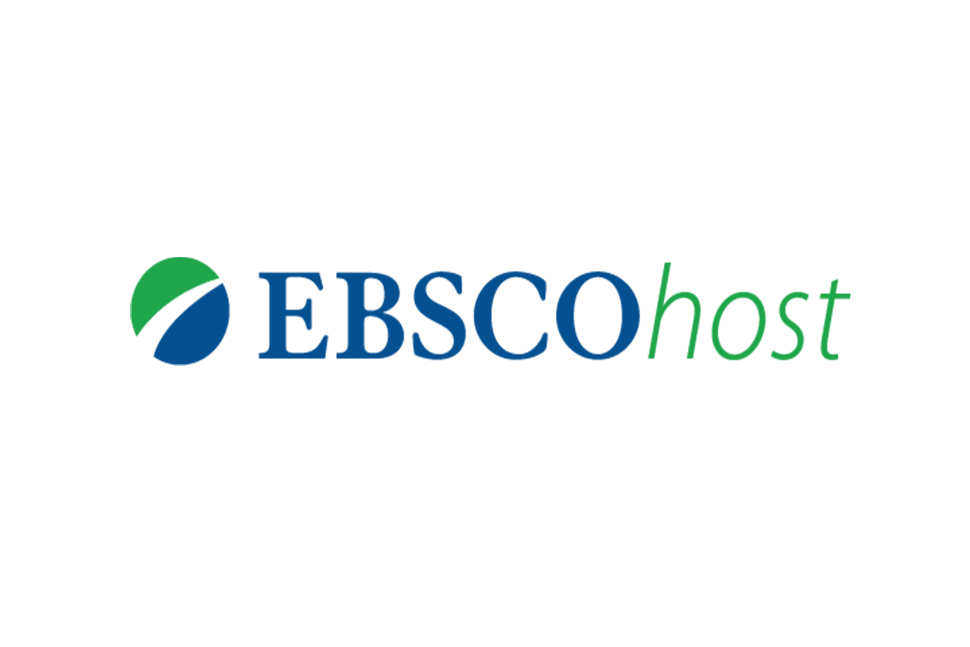2790-9441






MLA International Bibliography
MLA Directory of Periodicals
ProQuest
CrossRef
Google Scholar
Gale-Cengage
ROAD
Martin Hawkes
University of Shiga Prefecture, Japan
Abstract
This paper describes a descriptive, classroom-based study that investigated the impact of explicit instruction on learner orientation and task processes. Audio recordings were collected for two different task performances from participants in two intact EFL classes at a Japanese university. The classes received explicit instruction either before or after the tasks. The audio data were transcribed and analyzed qualitatively using a cumulative case study approach, which also allowed for quantification of certain features. The pretask instruction impacted the orientation of participants, manifested by the presence of certain interactional features including minimalization, correction, disfluency markers, and mining. Those participants who received the instruction tended to orient towards target form production during the main task, while the other participants, who did not receive the instruction, appeared more oriented towards meaning and task completion. However, these effects were not universal, and the true influence of the instruction was somewhat more nuanced. Orientations were dynamic, shifting from one focus to another as interactions evolved. The findings suggest that the impact of pre-task explicit instruction on task interaction is more complex than has been previously claimed. Perhaps practitioners should remain flexible and pragmatically adjust their teaching methods and techniques according to the inherent features of specific tasks, as well as individual learners and groups of learners.
Keywords
Explicit instruction, orientation, task, TBLT